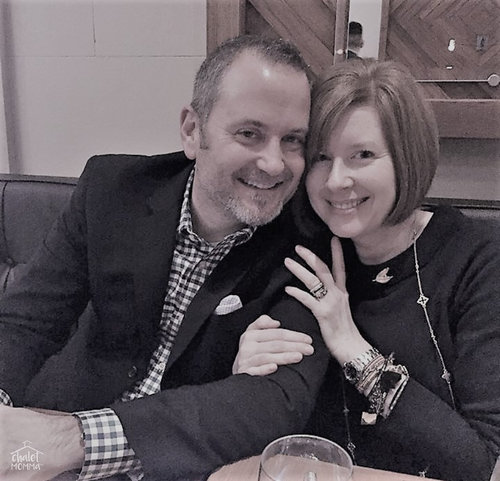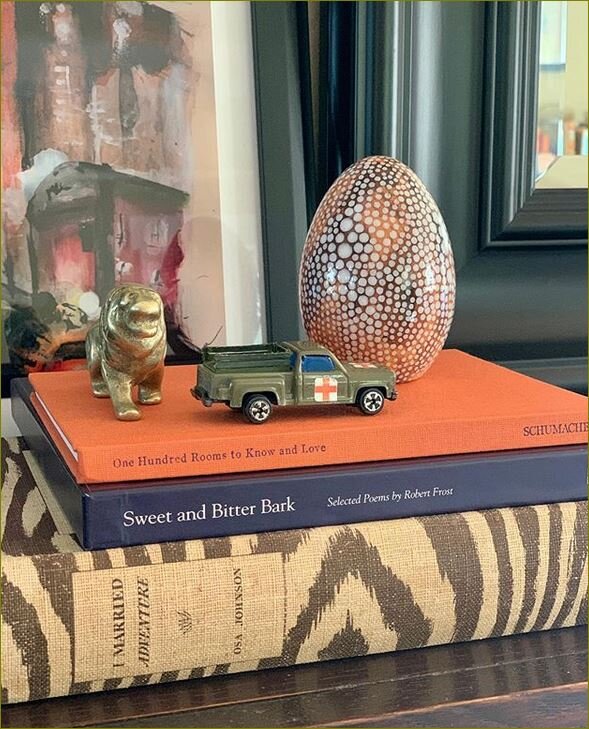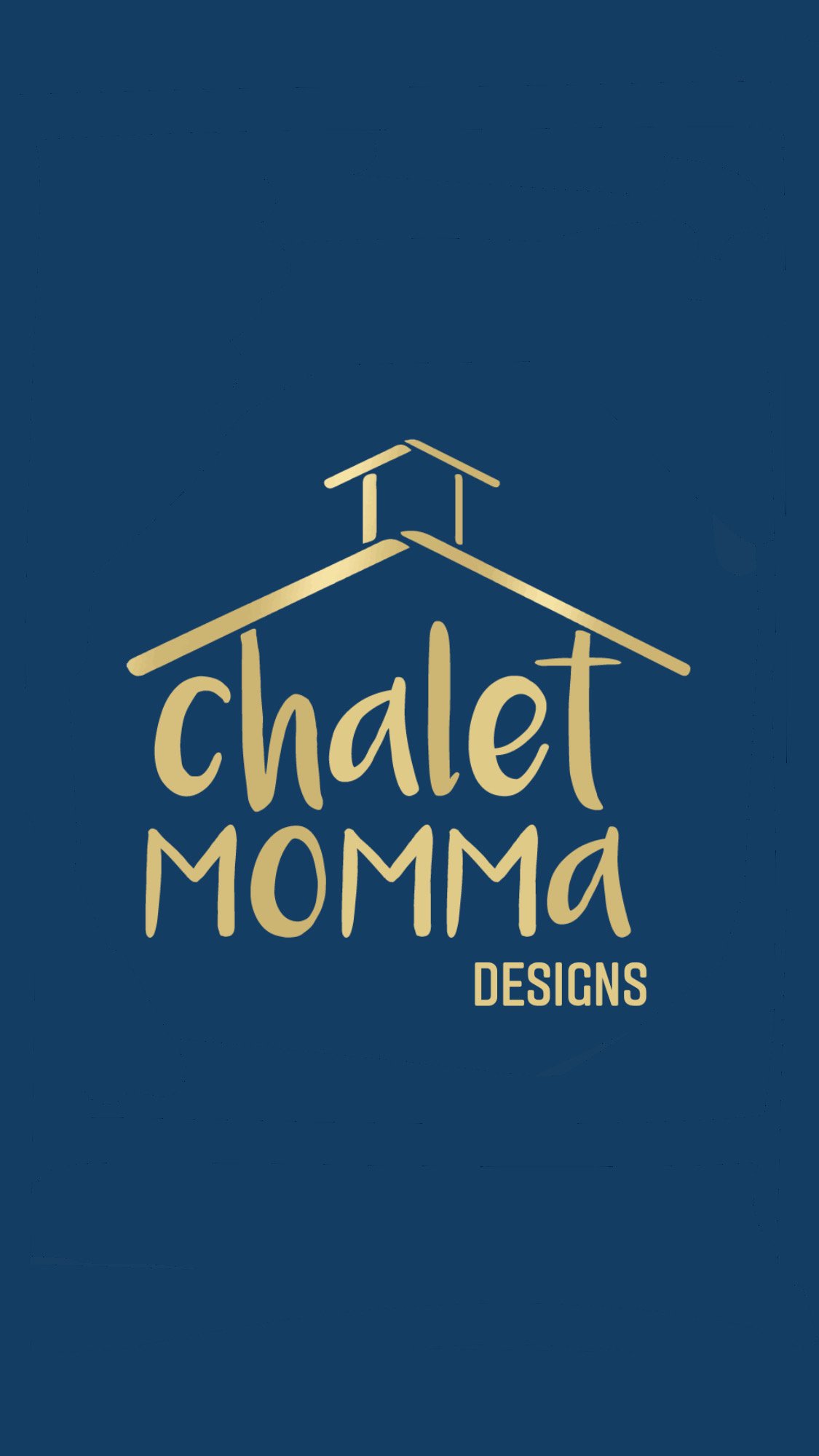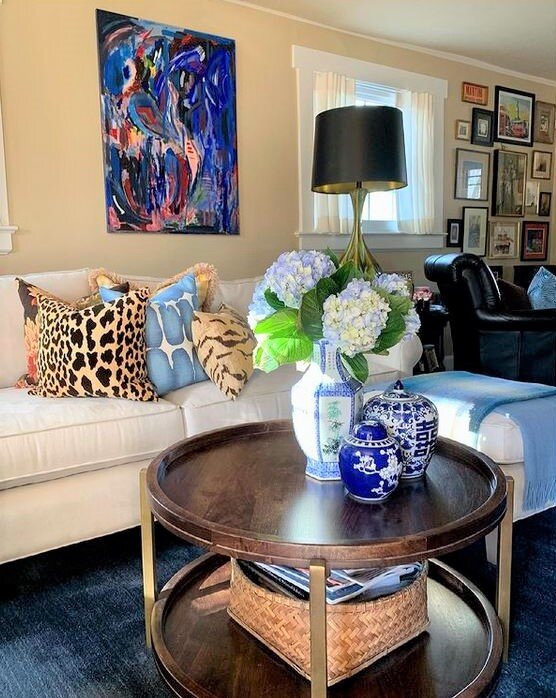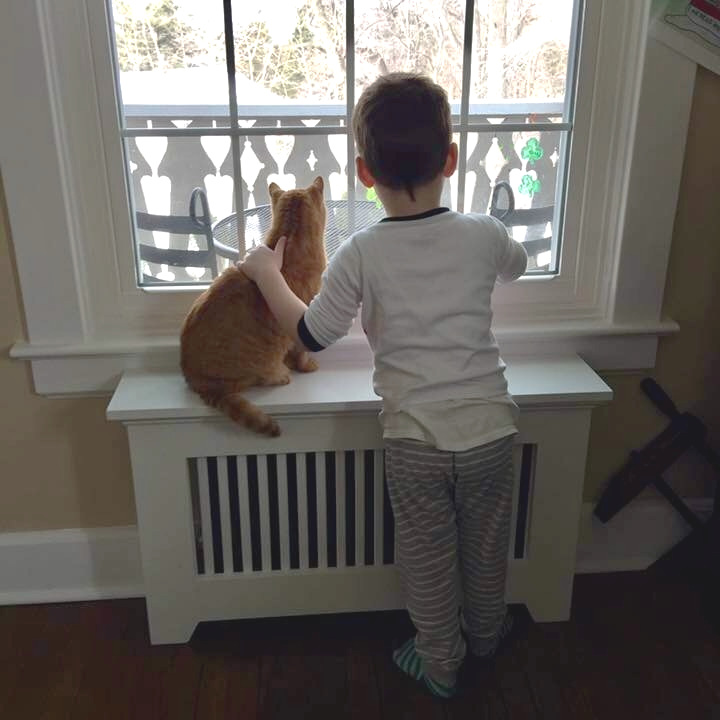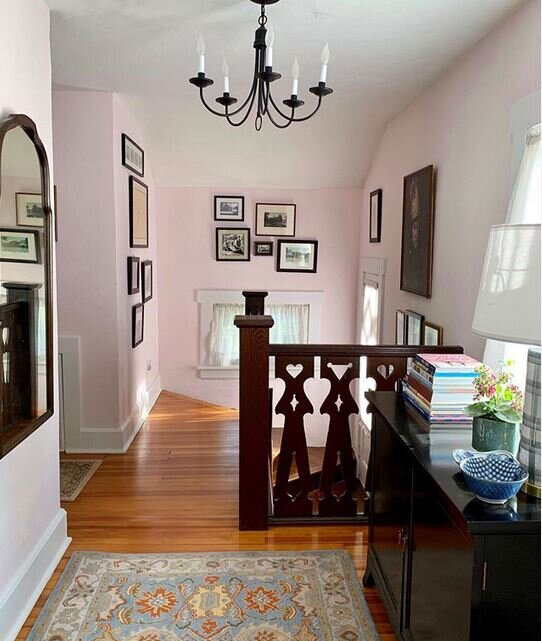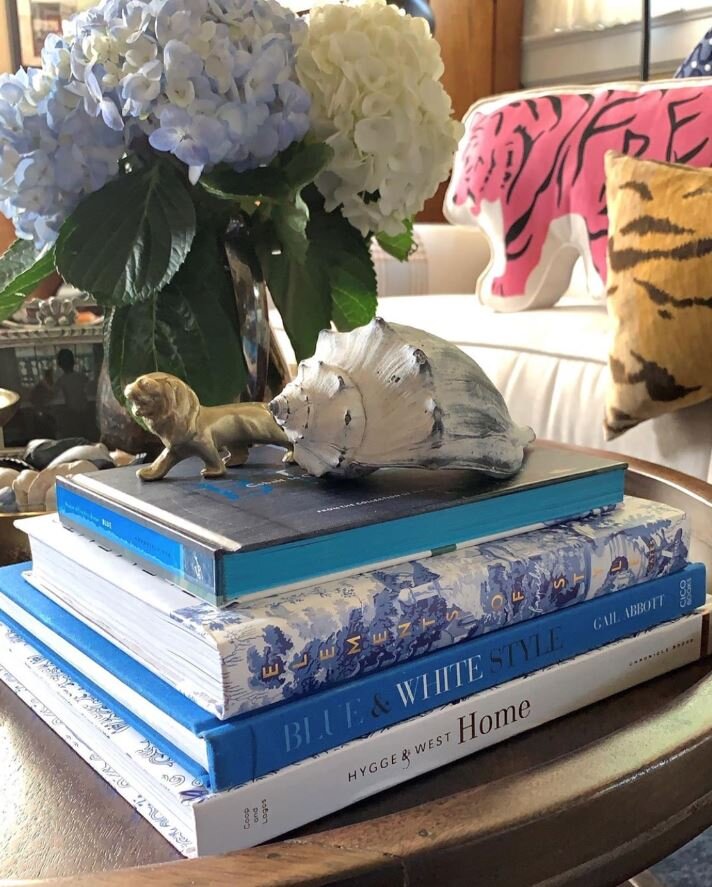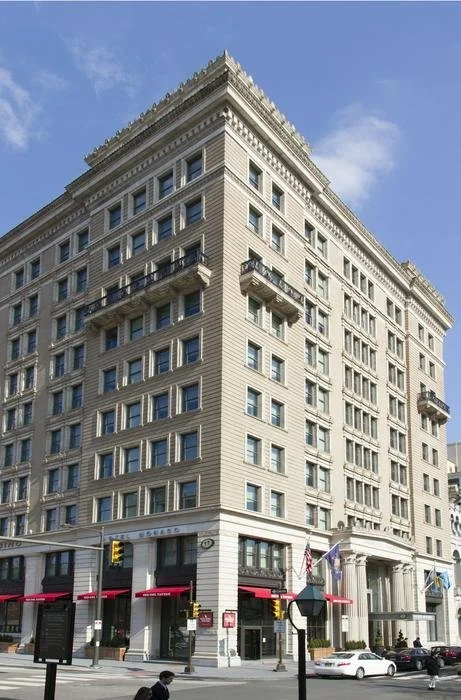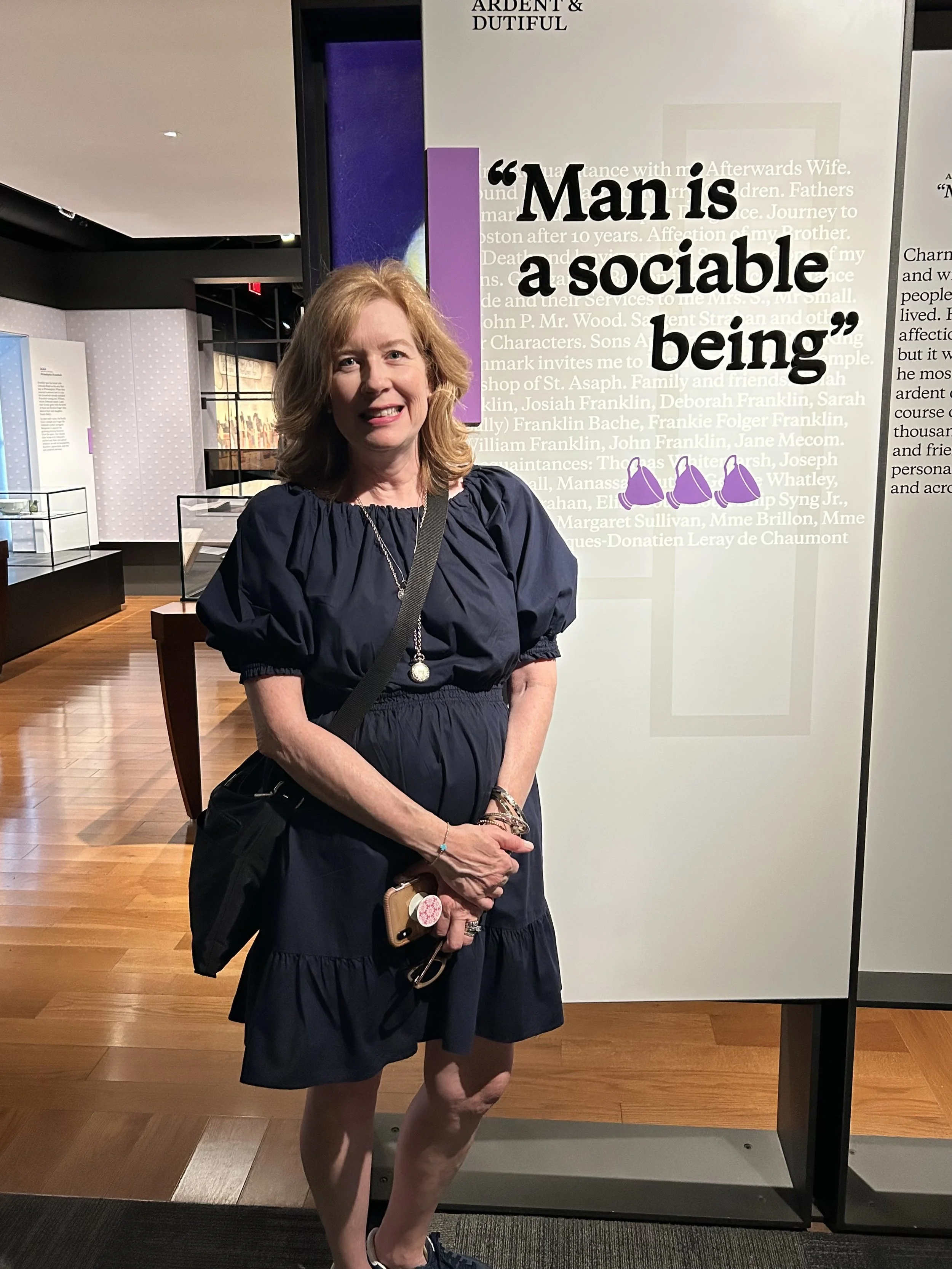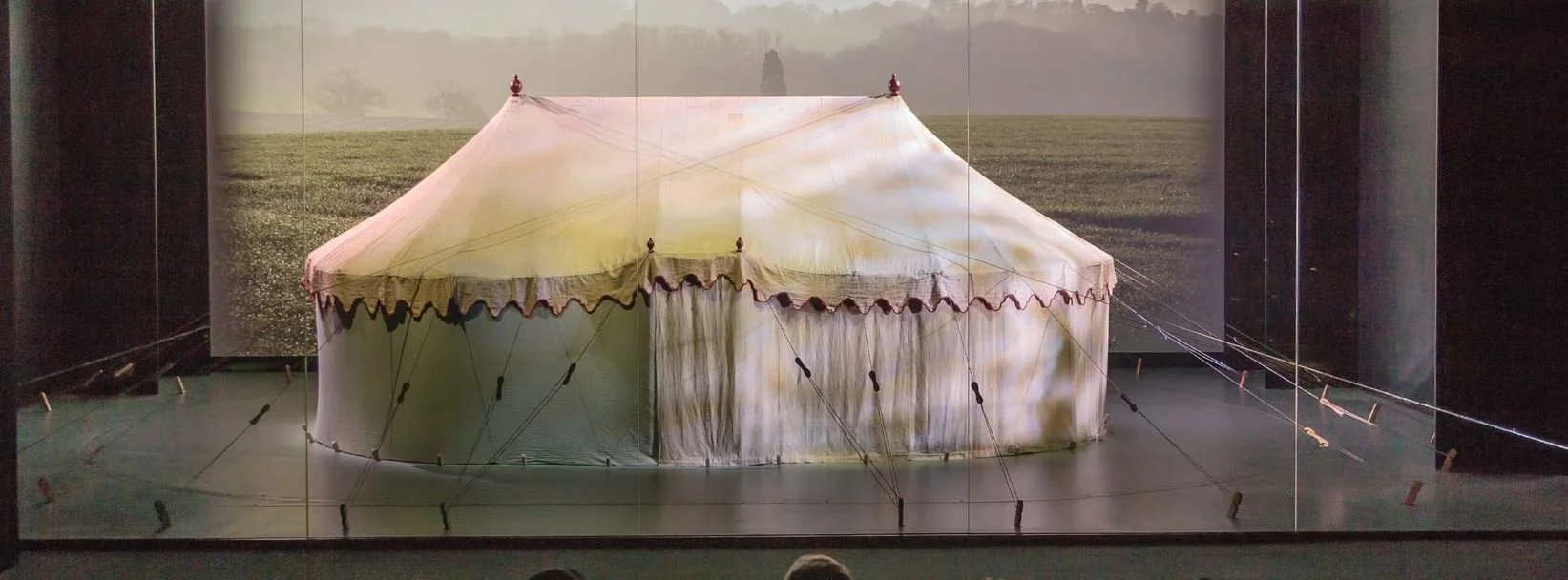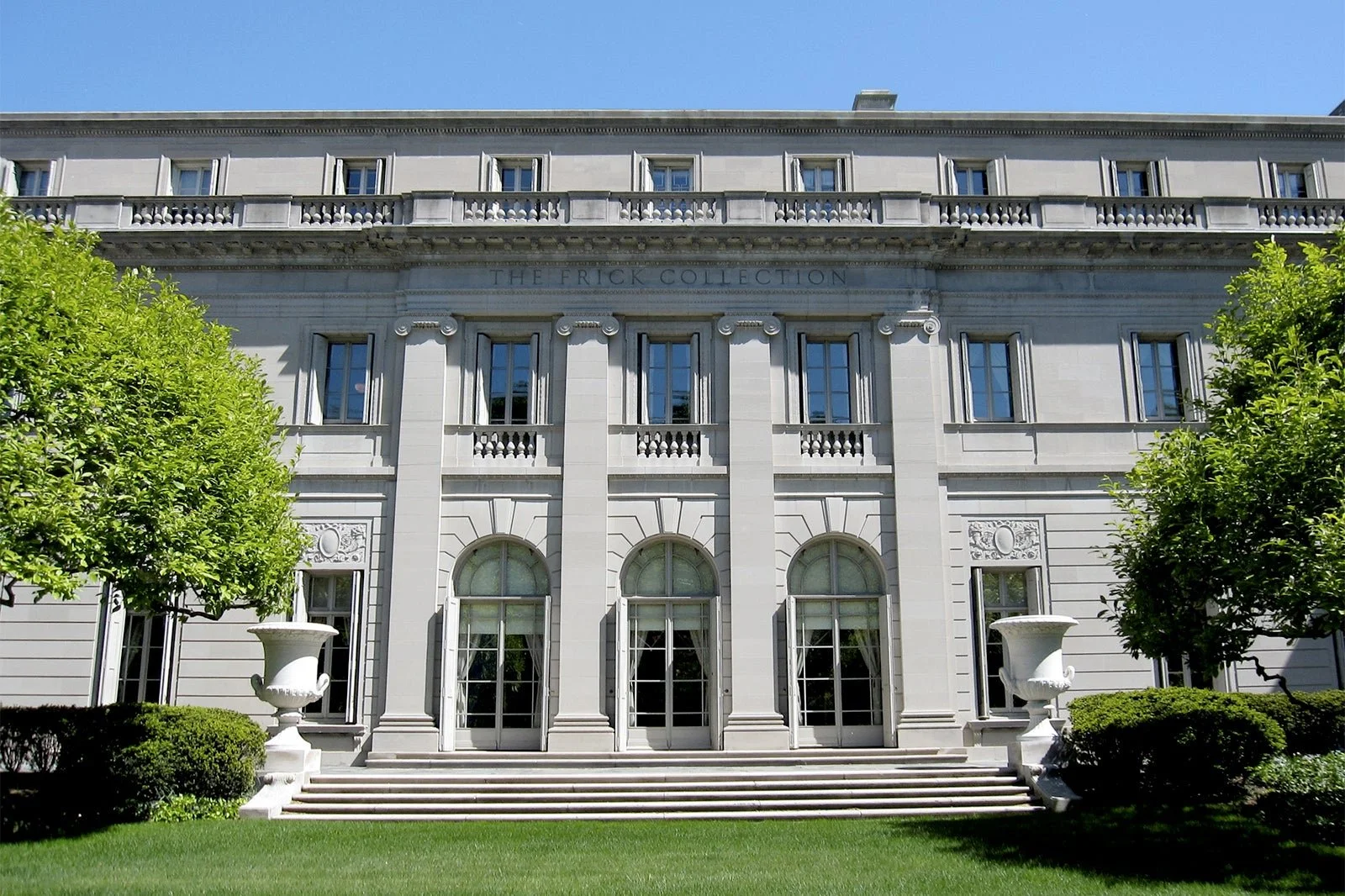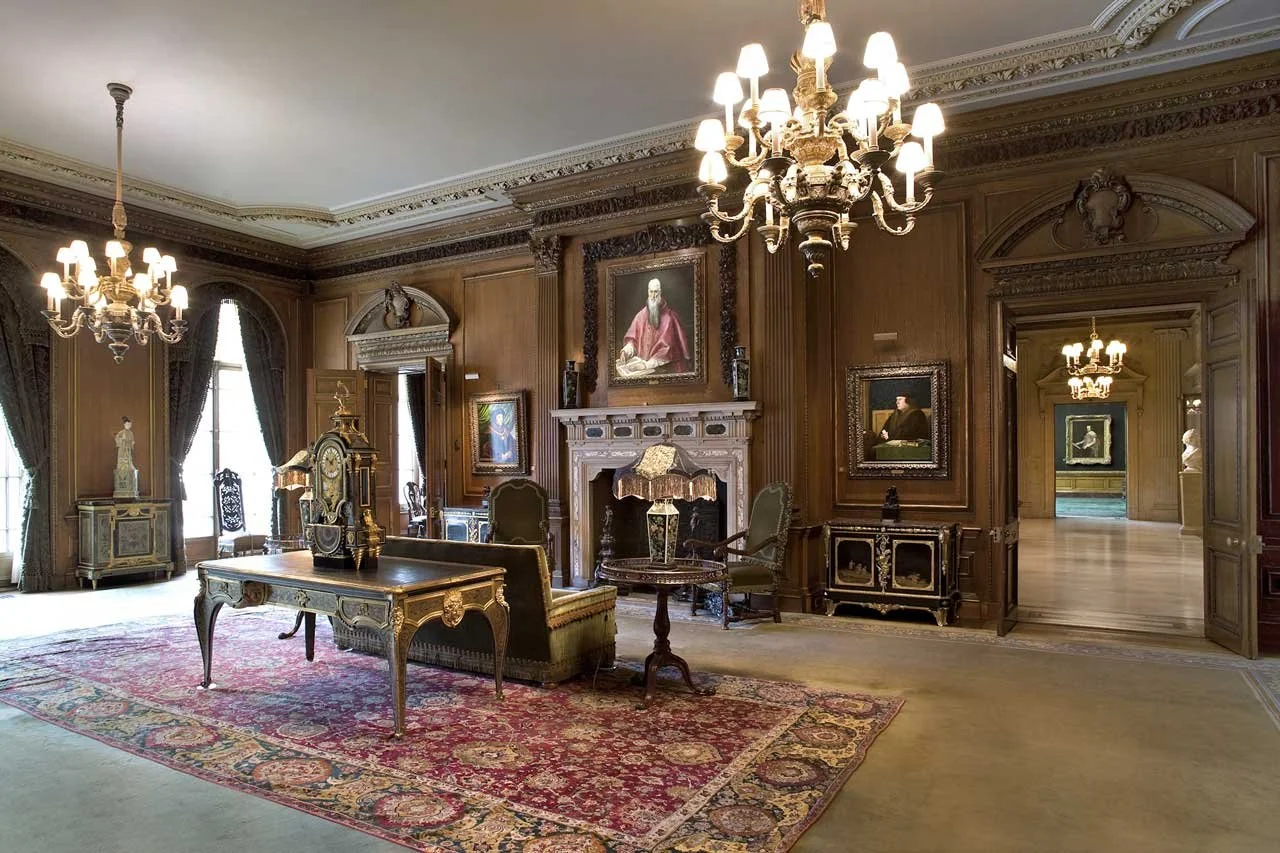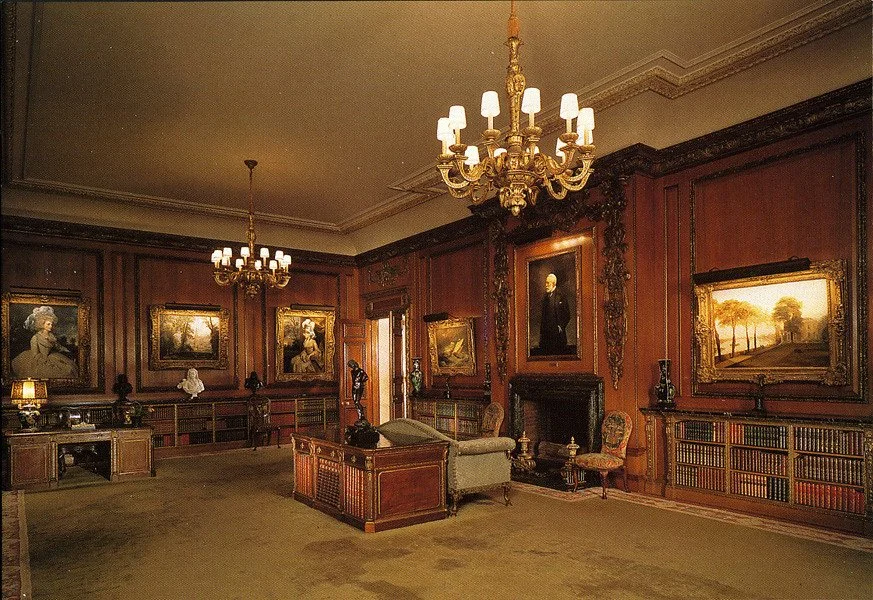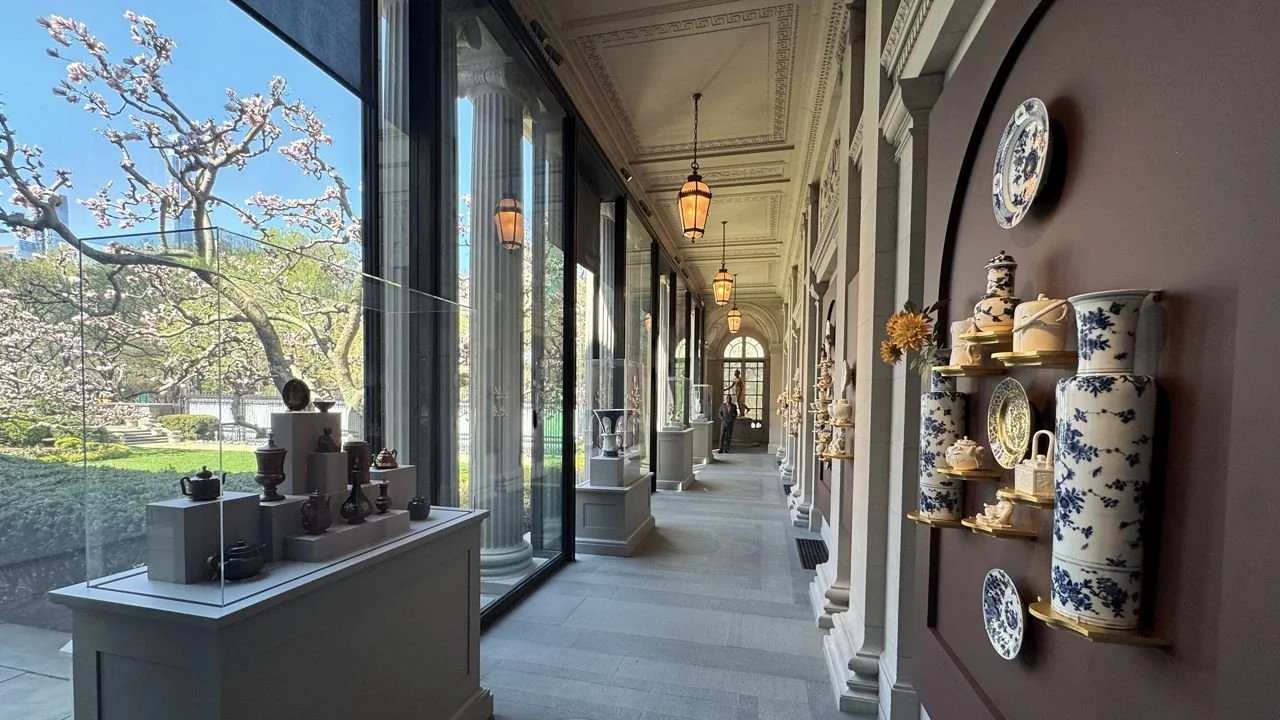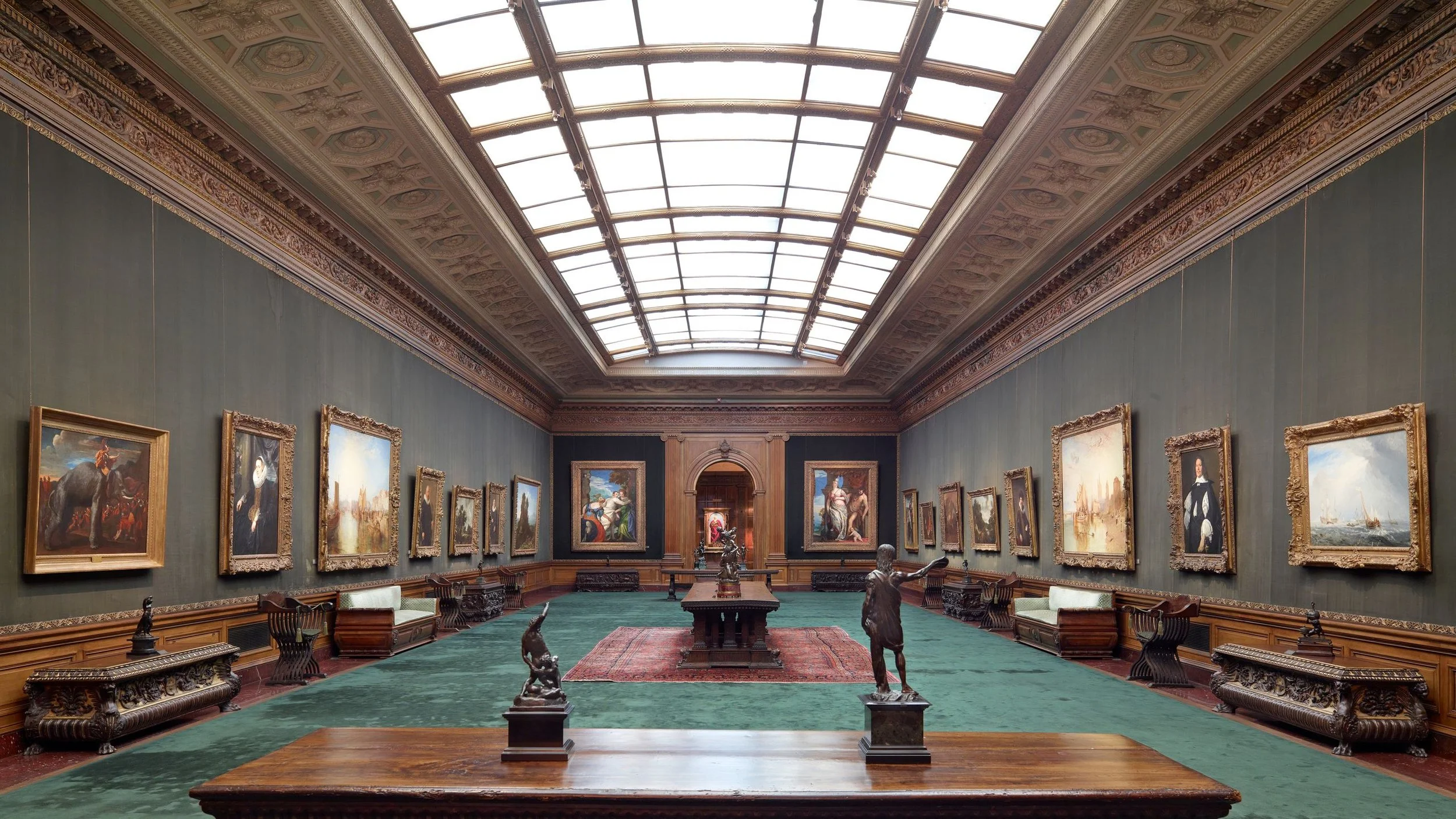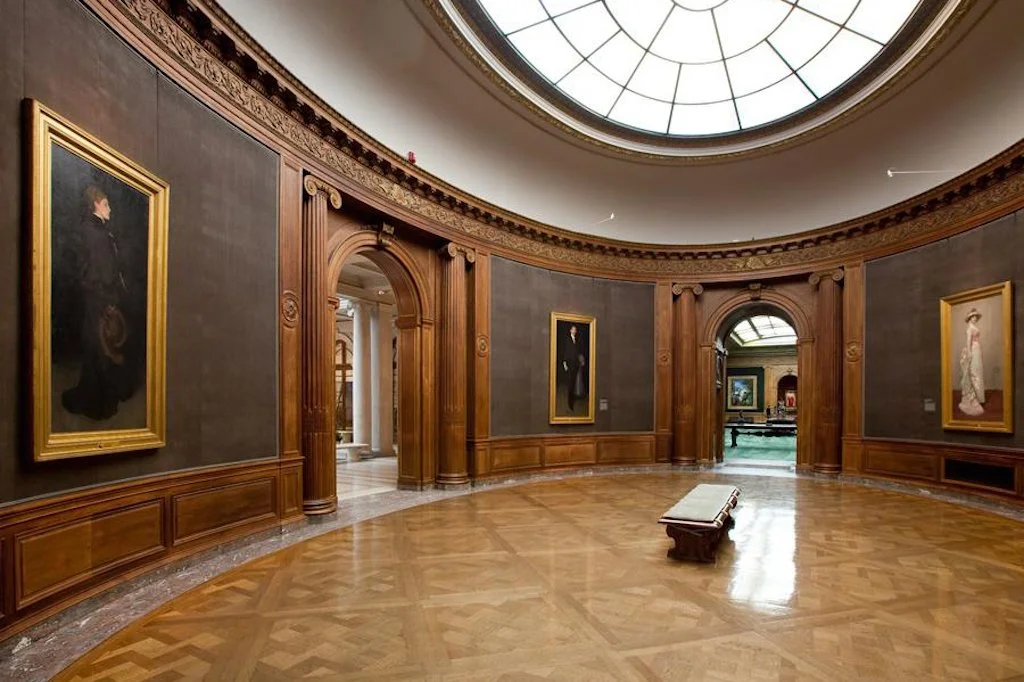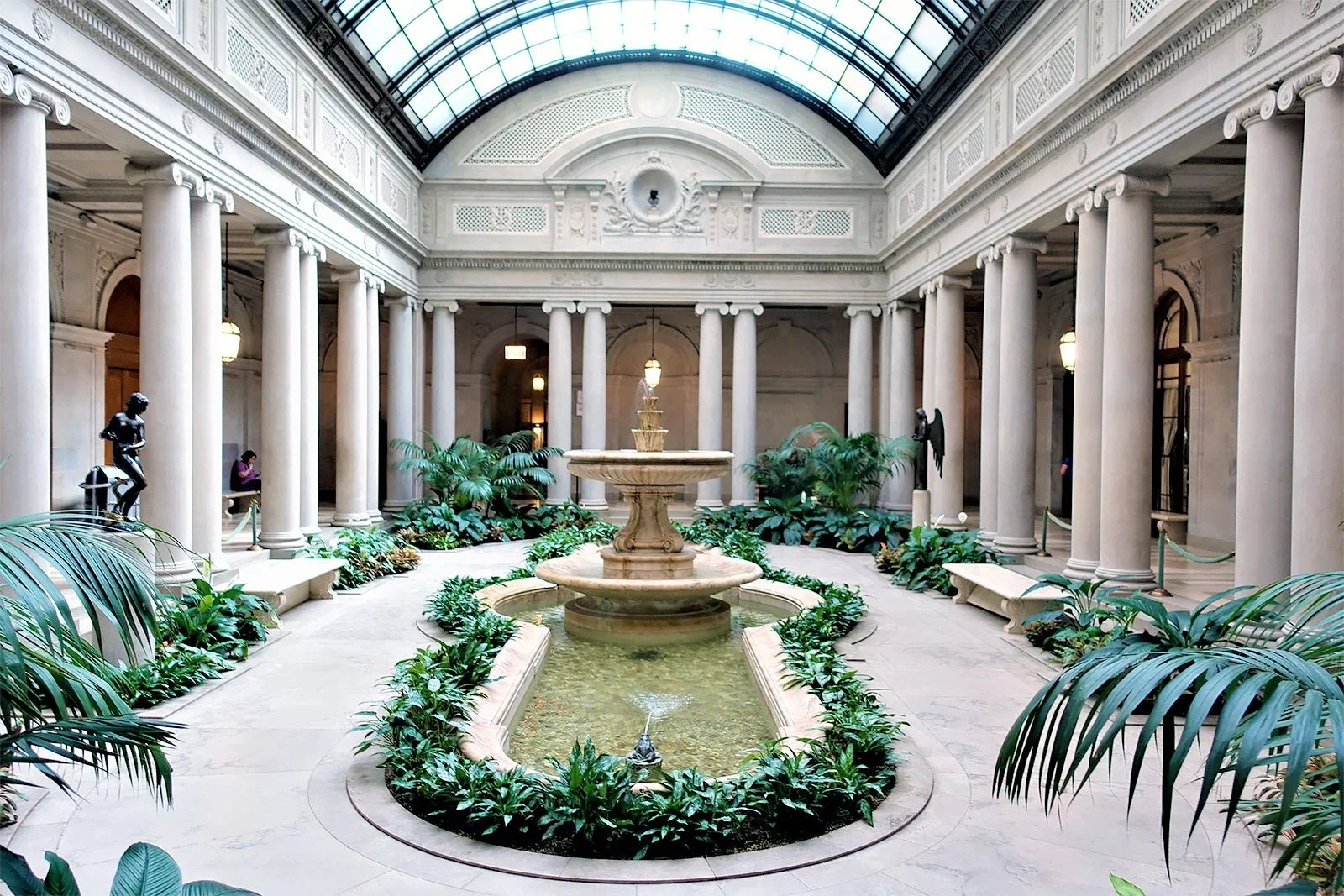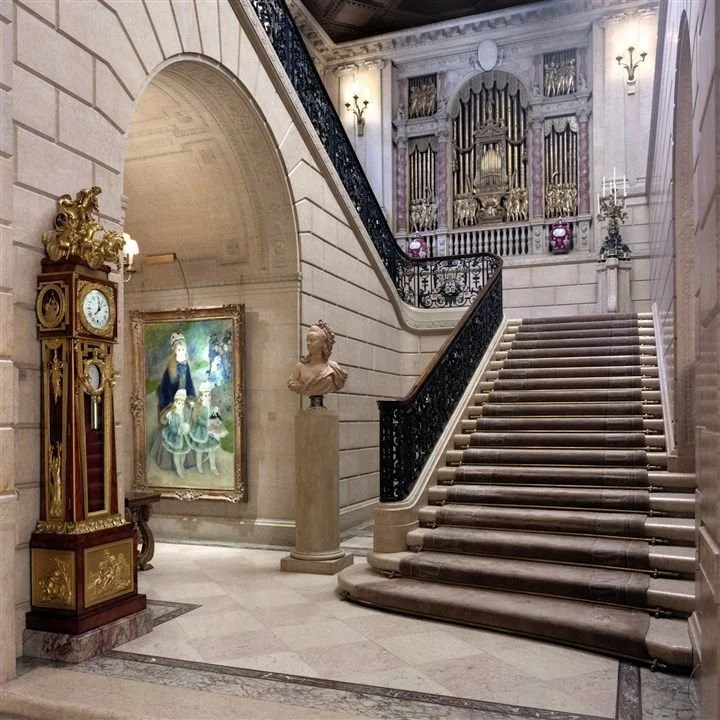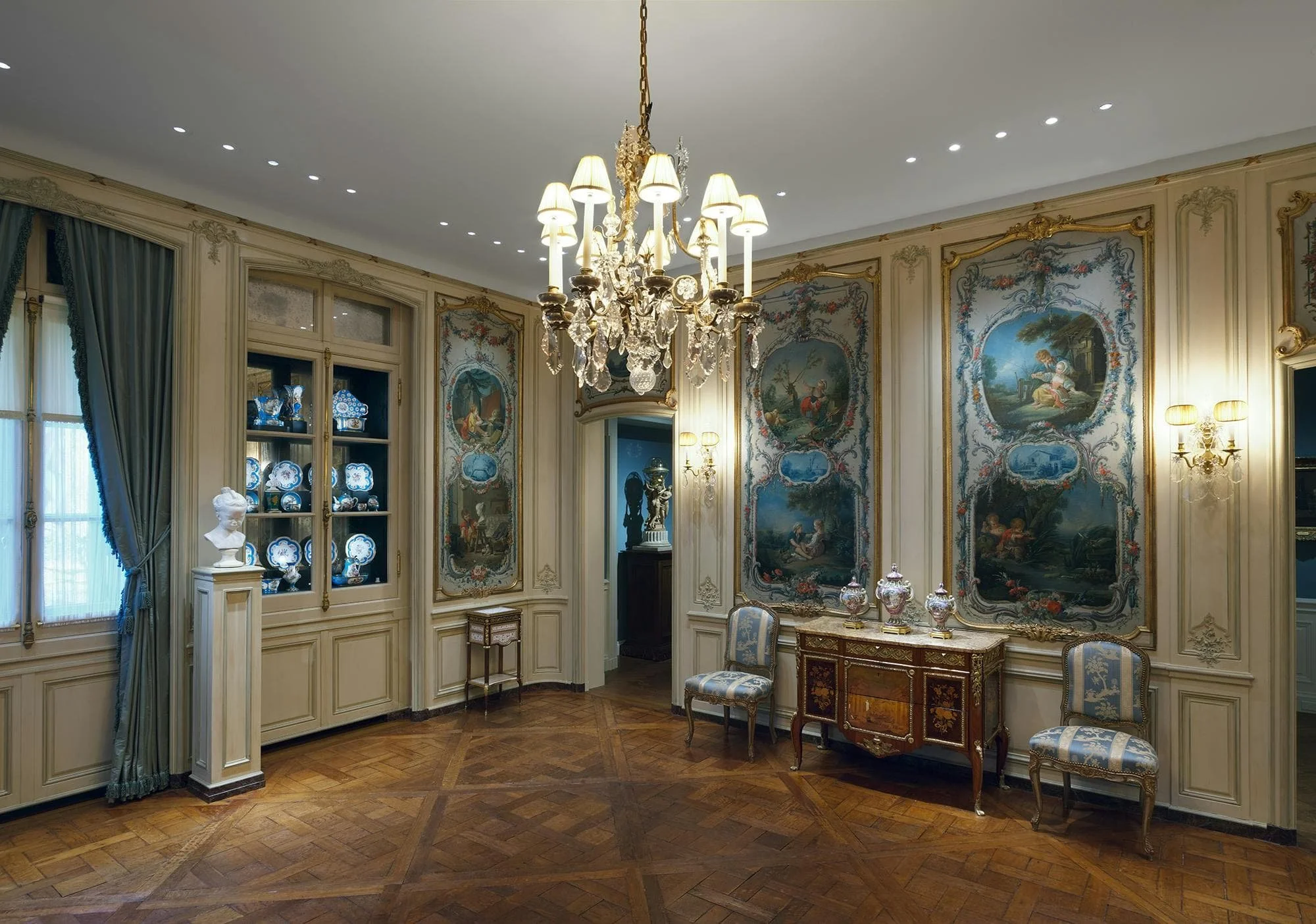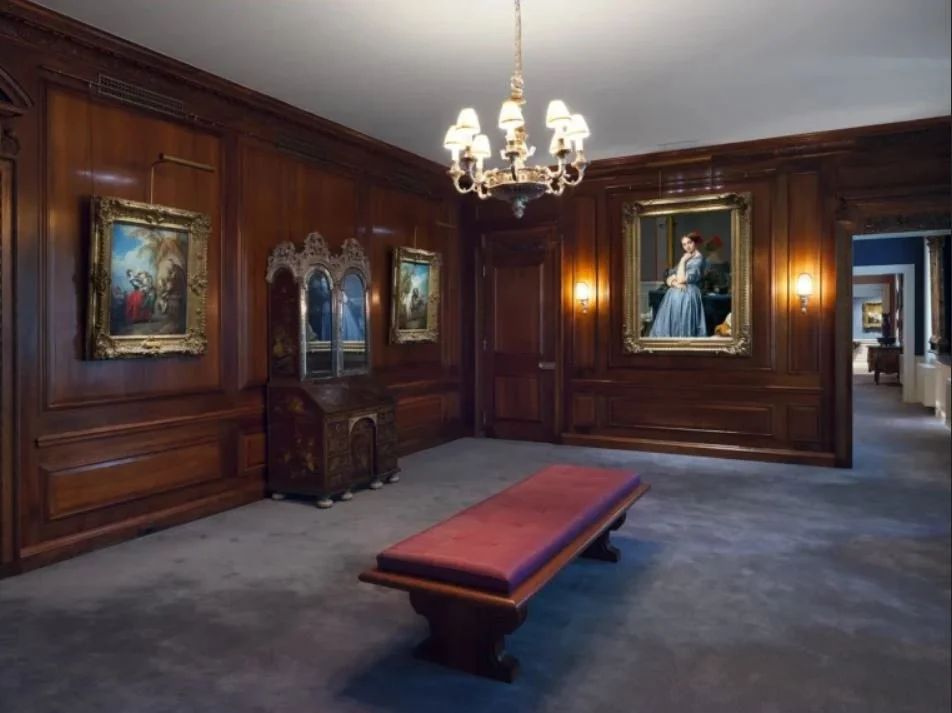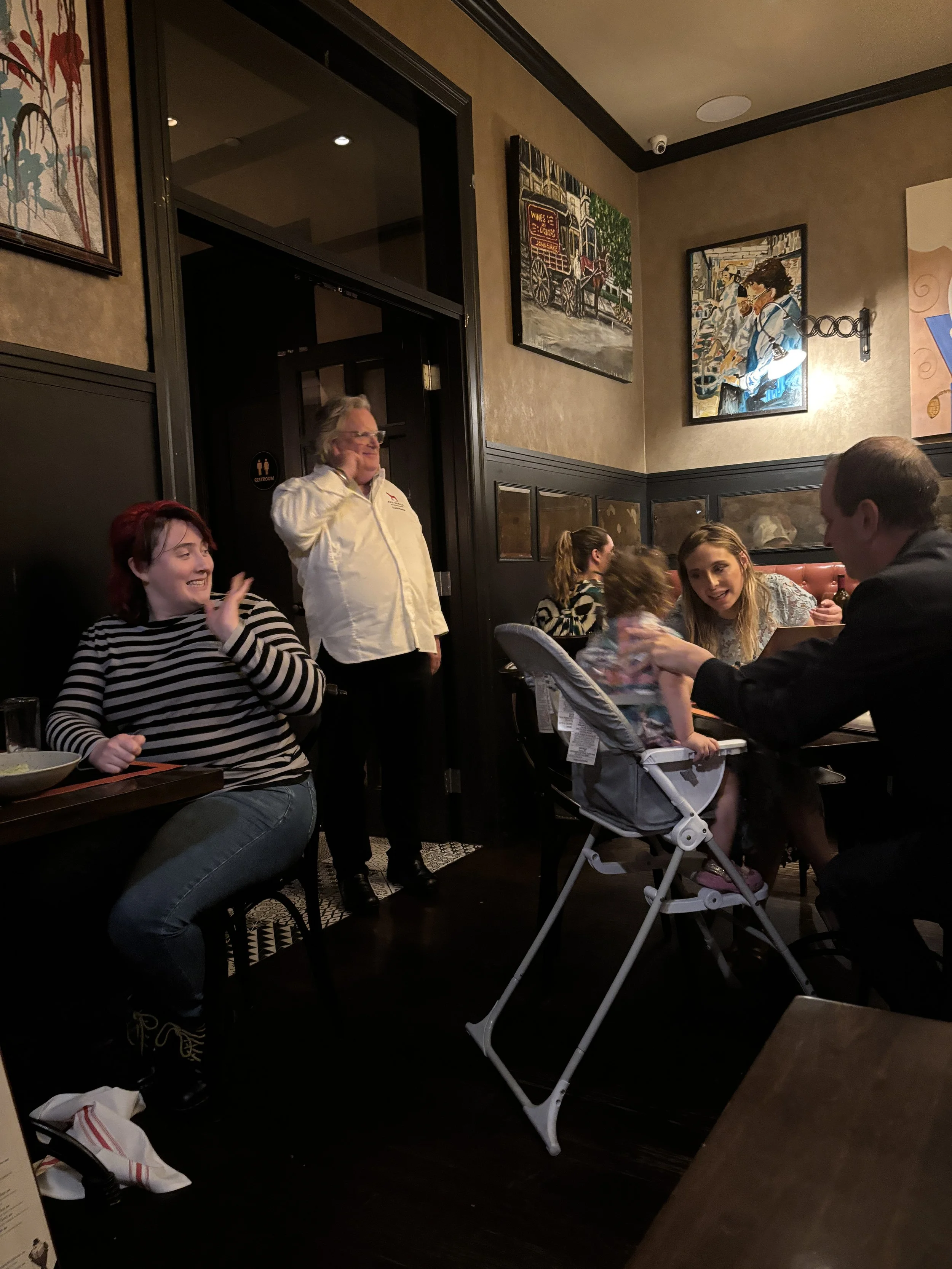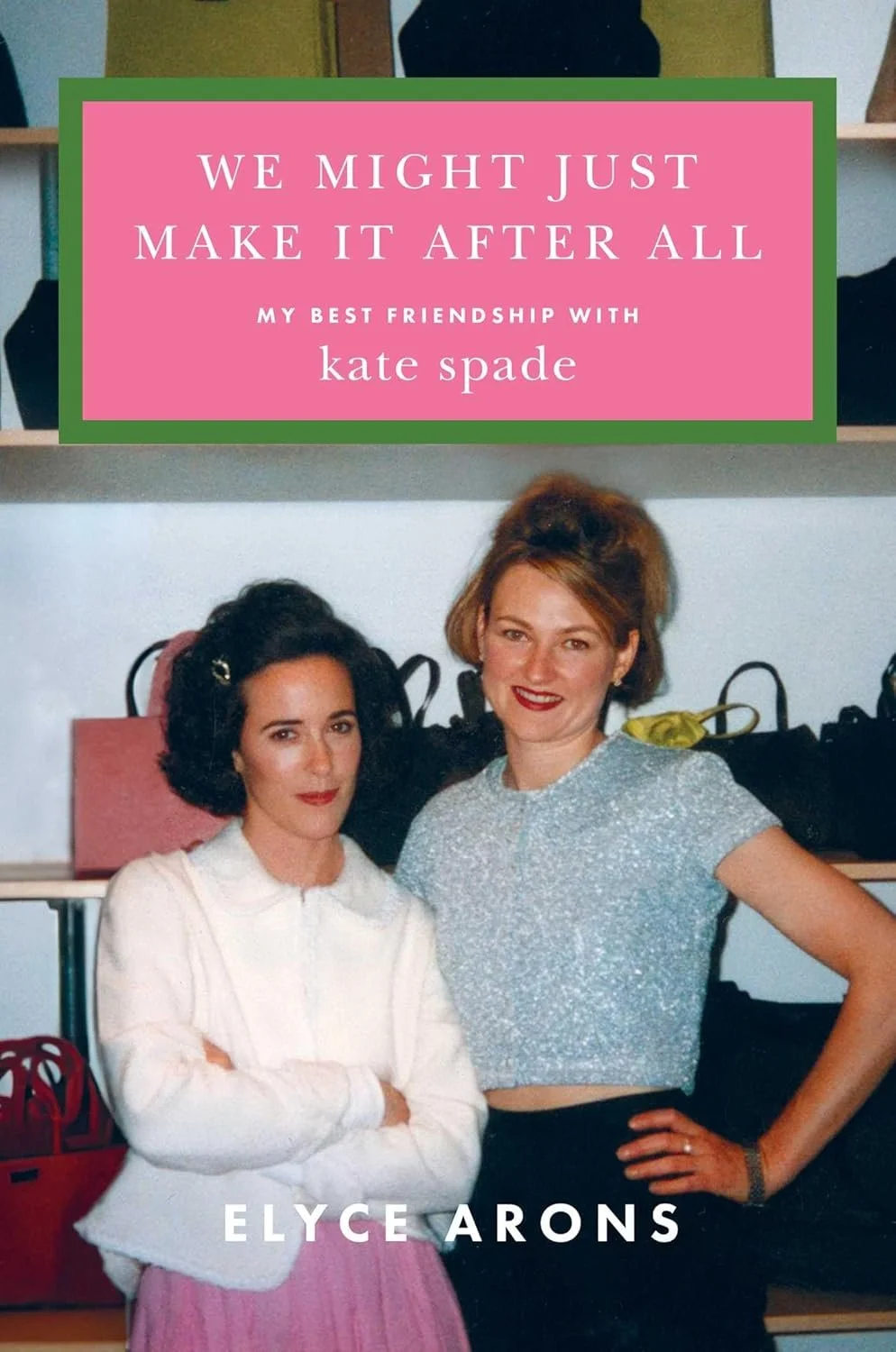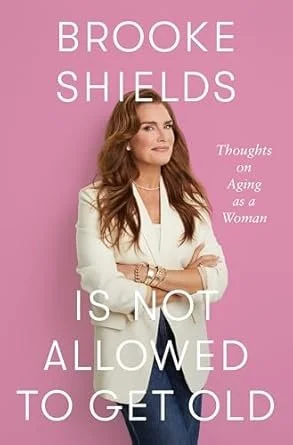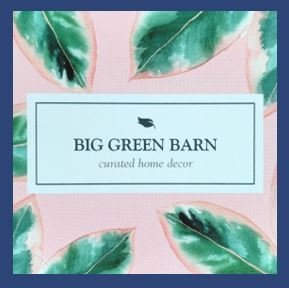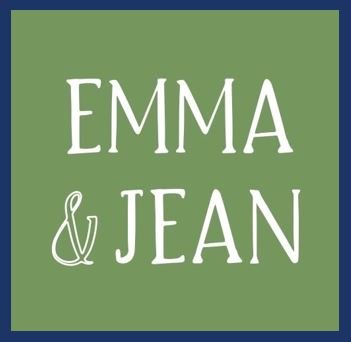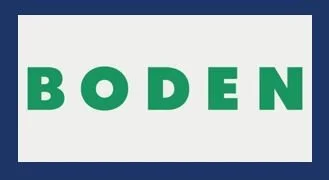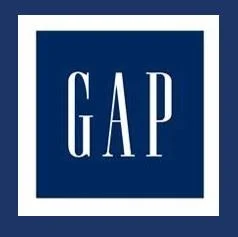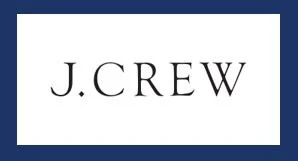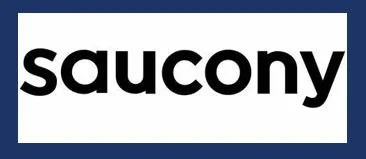Philadelphia Freedom
/Hi friends… I enjoyed an overnight visit to Philadelphia with my sister and I’m sharing the deets! Our first stop was The Barnes Foundation - where we viewed so many wonderful pieces of art.
Our first stop lunch!
We enjoyed the exhibit From Paris to Provence: French Painting at the Barnes viewing four exceptional van Gogh pieces.
The Barnes Foundation was founded in 1922 by Dr. Albert C. Barnes and owns the largest collection of Pierre-Auguste Renoir works in the world 181.
We were fortunate most of the frames listed the artists name; because unlike traditional museums The Barnes does not have placards next to the art.
Then we checked into the Kimpton Hotel Monaco. The location is amazing - across the street from Independence Hall and the Second National Bank and down the street from the Museum of the American Revolution.
We walked over to the Benjamin Franklin Museum. I love it there! It’s on the property where Franklin’s house stood and explores his life.
We enjoyed a delicious dinner with my nephew at Tuna Bar & then we indulged in yummy ice cream at The Franklin Fountain.
On day two we spent hours at the Museum of the American Revolution. So many interesting objects showcasing the history of America’s war for independence including George Washington’s Marquee Tent.
In the lobby of the Curtis Publishing Building we viewed the largest Tiffany glass mosaic in the world “The Dream Garden” we threw coins in the fountain underneath to remember our brother on what would have been his 67th birthday. Then alighted into P.J. Clarke’s for a leisurely lunch.
One last look at Independence Hall.
So wonderful -we viewed so much beauty, were surrounded by history and enjoyed family. Til next time be well and I’ll see you over on Instagram.


